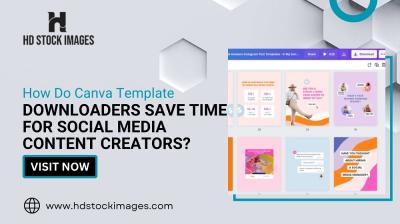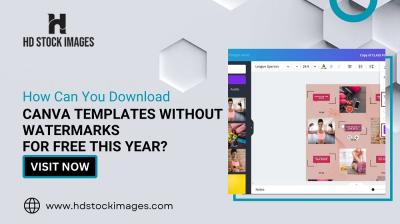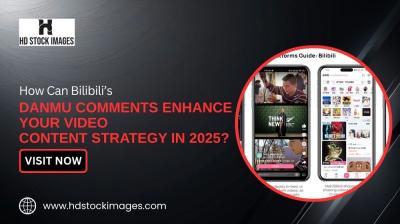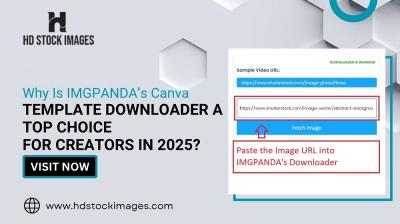If you're a content creator on YouTube, you know the thrill of sharing your ideas and creativity with the world. But, have you ever hit a snag called copyright? It can feel overwhelming. Luckily, understanding how to safeguard your content from copyright issues is simpler than it sounds. In this post, we’ll dive into what copyright means for your content and how you can protect yourself. Whether you're producing vlogs, tutorials, or music videos, keeping your content safe is essential for your peace of mind and your channel’s success.
Understanding Copyright Basics
Before we delve deep into safeguarding your content, it's crucial to grasp the fundamentals of copyright. Copyright is a legal concept that grants creators exclusive rights to their work. This means that if you create something—be it a video, a piece of music, or even a graphic—you have control over how it's used and distributed.
Here are some important *key points about copyright:
- Automatic Protection: As soon as you create an original work, you automatically hold the copyright. You don't need to register it, although registering can provide additional legal advantages.
- Duration: Copyright protection usually lasts for the creator’s lifetime plus an additional 70 years. After that, the work enters the public domain.
- Exclusive Rights: Copyright gives you the exclusive right to reproduce, distribute, perform, display, and create derivative works from your original creation.
- Limitations: There are limitations to copyright that include fair use, which allows limited use of copyrighted material without permission under specific circumstances.
Understanding these basics can help you navigate your way through potential copyright pitfalls on YouTube. Just remember: while inspiring others with your content is fantastic, respecting others' rights is equally important!
How Copyright Affects YouTube Creators
Copyright is a significant concern for YouTube creators. It's crucial to grasp how copyright laws can impact your content and your channel's overall success. Essentially, when you upload a video to YouTube, you want to ensure that you have the legal right to use the materials within it, be it audio, visuals, or any branded logos. If you don’t, you may face severe consequences.
Here are a few key ways copyright affects YouTube creators:
- Content Removal: YouTube actively monitors for copyright infringement. If you use copyrighted material without permission, the owner may file a complaint, leading to your video being taken down.
- Strikes Against Your Channel: If you receive multiple copyright strikes, your channel could be suspended or even permanently banned.
- Monetization Issues: Many creators rely on AdSense revenue. However, if your content violates copyright, you risk losing monetization on that video or even your entire channel.
- Legal Repercussions: In extreme cases, copyright holders may pursue legal action against you, which could lead to fines or other penalties.
Understanding these implications is vital. Protecting your content and being aware of what you're sharing can help ensure longevity and success on the platform.
Tips for Creating Original Content
Your creativity is your strongest asset on YouTube. To safeguard your channel from copyright issues, it’s essential to emphasize originality in your content creation. Here are some practical tips to help you generate unique videos:
- Brainstorm Unique Ideas: Always start with your own thoughts and experiences. Jot down ideas that are personal and speak to your interests.
- Use Your Own Footage: Opt for filming your visuals instead of relying on stock images or videos. Personal footage resonates more with your audience.
- Develop Original Music: Instead of using popular songs, consider collaborating with musicians who can create custom tracks just for your channel.
- Incorporate Your-own Voice: Your narrative and presentation style are inherently yours. Develop a unique way of speaking to engage your audience.
- Regularly Check Trends: Stay updated with what’s trending, but put your unique spin on it. Create videos that stand out from the rest!
Remember, originality doesn’t just protect you from copyright issues; it also helps you build a loyal audience who comes back for your unique perspective and style.
Using Licensed Material Safely
When creating content for YouTube, many creators feel tempted to use popular music, images, or videos to make their work stand out. However, using licensed material without permission can lead to major copyright issues. So, how can you safely incorporate this material into your videos?
Here are some tips:
- Know the License Types: Familiarize yourself with different types of licenses, such as Creative Commons, public domain, and Royalty-Free licenses. Each has specific guidelines on how you can use the material.
- Always Read the Fine Print: Before you use any licensed material, read the terms of the license carefully. Some licenses may restrict commercial use or require attribution, while others might not allow derivative works at all.
- Use Licensed Content From Trusted Sources: Websites like Shutterstock and Epidemic Sound offer high-quality licensed content. These platforms clearly outline what you can and can't do with their materials.
- Give Credit Where It's Due: If the license requires attribution, be sure to give proper credit in your video description or as a caption within the video.
In short, using licensed material can enhance your content, but always proceed with caution and ensure you have the necessary permissions to avoid copyright headaches!
Best Practices for Fair Use
Understanding fair use is an essential part of being a responsible content creator on YouTube. Fair use allows you to use copyrighted material without permission under certain conditions*, but it's not always straightforward. So, what does fair use actually mean for your videos?
Here are some best practices to keep in mind:
- The Purpose of Use: Fair use often applies when you're using material for commentary, criticism, education, or parody. If your content transforms the original work, you're more likely to qualify under fair use.
- The Amount Used: Using a short clip rather than the entire work increases your chances of falling under fair use. Aim to include only what’s necessary for your commentary or analysis.
- The Effect on the Market: If your use of the material could replace the original or harm its market value, you may not have a fair use claim. Always consider how your content affects the original work.
- Be Transparent: Whenever possible, clearly explain how your use meets fair use criteria. This transparency can help if a dispute arises.
Fair use offers a way to creatively work with existing content, but it's a gray area. Always stay informed and consider seeking legal advice if you're uncertain about your rights!
7. How to Handle Copyright Claims
When it comes to YouTube, encountering a copyright claim can feel like a punch to the gut. But don’t panic! Knowing how to handle these claims effectively can save your channel from unnecessary turmoil.
First things first, let’s break down the steps you can take if you find yourself facing a copyright claim:
- Understand the Claim: Check the details provided in the claim notification. YouTube usually includes information about why your video was flagged and what content was involved.
- Review the Content: Watch the flagged content closely. If you believe your use falls under "fair use" (like commentary, criticism, or educational content), you might have grounds to dispute the claim.
- Dispute if Necessary: If you genuinely believe your video doesn't infringe on the copyright, you can submit a dispute. Be sure to provide any supporting evidence that backs up your claim to fair use.
- Explore Options for Licensing: In some cases, reaching out to the copyright owner may yield opportunities to license their content legally for your video.
- Accept the Claim: If you discover that the claim is valid, it may be best to accept the claim, remove the content, or even mute specific sections of your video.
- Learn from It: Use this experience to strengthen your future content creation strategies. Always remember to carefully review your materials and seek alternatives when necessary.
Copyright claims are manageable as long as you approach them with a clear understanding and a calm demeanor. Remember, it’s all part of the learning curve!
8. Conclusion
In the ever-evolving world of YouTube, safeguarding your content from copyright issues is crucial. With the right strategies in place, you can navigate this minefield and keep your channel thriving.
To summarize the key takeaways:
- Be Proactive: Understand copyright laws and apply them to your content creation process.
- Utilize Creative Commons and Royalty-Free Materials: Always seek alternative sources to avoid potential claims.
- Build a Content Strategy: Focus on original content to minimize risks.
- Properly Attribute: When using others’ content, ensure proper credit is given to avoid legal issues.
- Stay Educated: Regularly update your knowledge on copyright policies and practices.
By adopting these proactive measures, you not only protect yourself from copyright claims but also empower your creativity. After all, creating engaging content is what YouTube is all about, and with the right protections in place, you can continue to share your passion with the world without fear of legal hurdles.
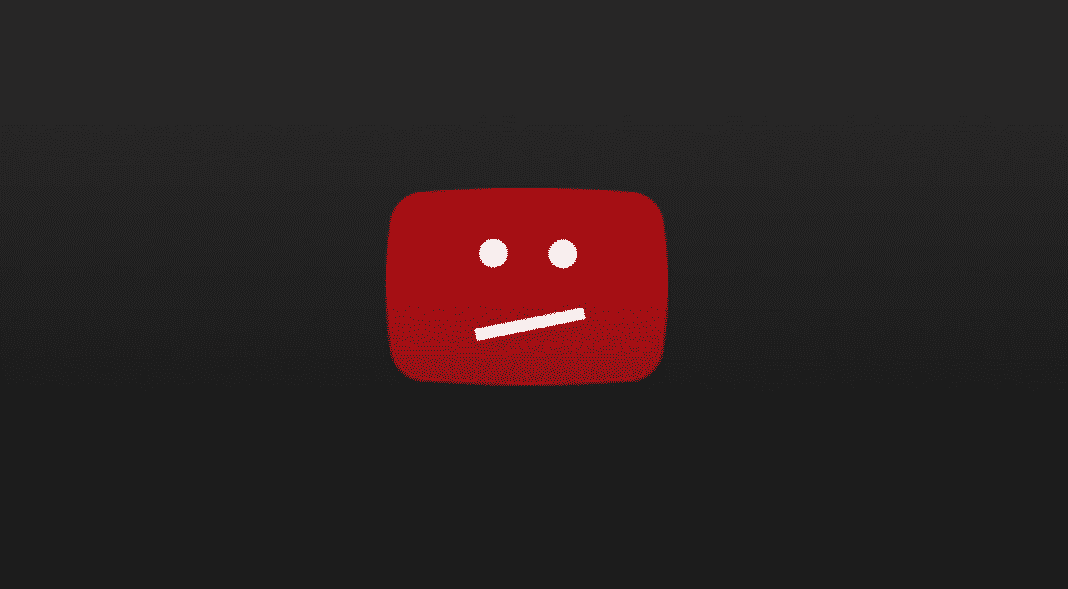
 admin
admin




